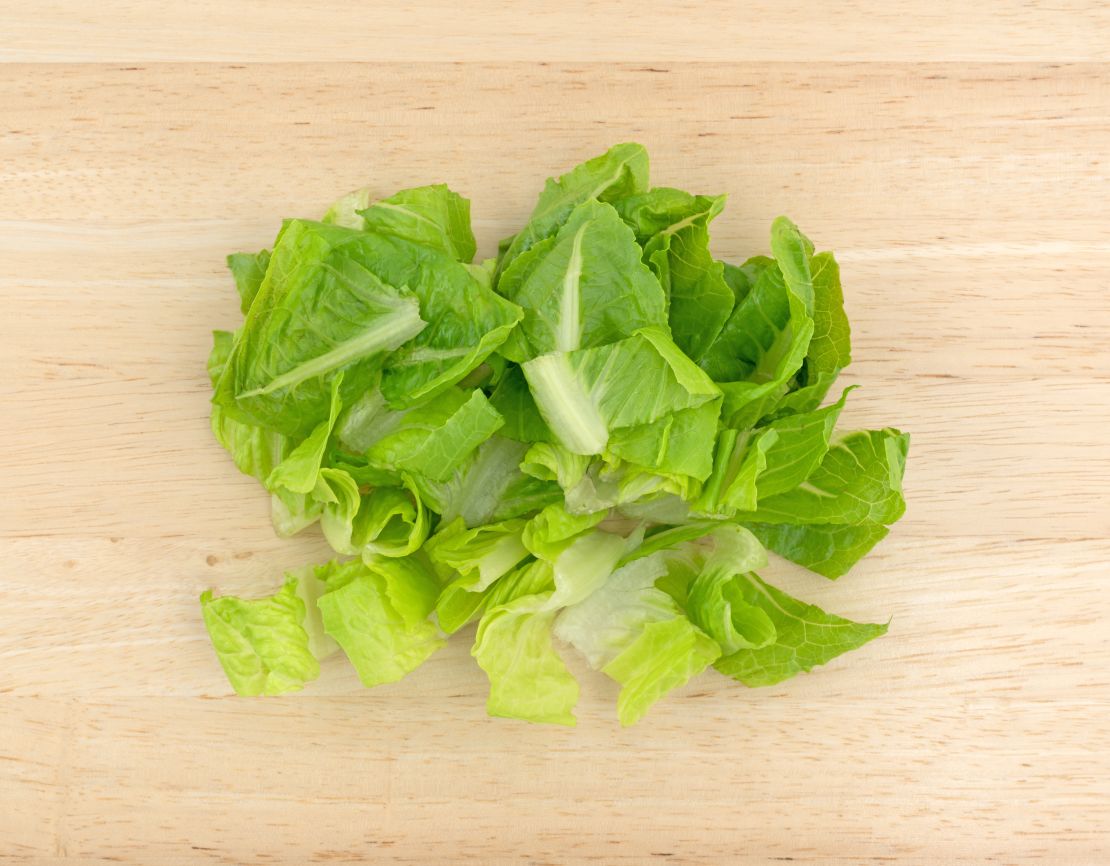Story highlights
35 cases of E. coli have been identified, 22 of them have been hospitalized
Officials have not yet identified a grower, supplier, distributor or brand
Chopped romaine lettuce grown in the Yuma, Arizona, area is to blame for a multistate E. coli outbreak, the US Centers for Disease Control and Prevention said Friday.
“At this time, no common grower, supplier, distributor, or brand has been identified,” the CDC said.
So far 35 cases of E. coli illness in 11 states have been reported and linked to the outbreak. The earliest symptoms began on March 22. Twenty-two of the ill individuals have been hospitalized. Three of those patients developed a type of kidney failure associated with an E. coli illness called hemolytic uremic syndrome, which can be life-threatening.

Symptoms of E. coli typically begin two to eight days after consuming the bacteria, although most patients become ill three or four days after consumption. Symptoms include severe stomach cramps, diarrhea and vomiting. Most people recover in five to seven days. Those most at risk for E. coli illness include the very young, the very old and individuals with compromised immune systems.
Health officials warned the public to stay away from chopped romaine lettuce. “Consumers anywhere in the United States who have store-bought chopped romaine lettuce at home, including salads and salad mixes containing chopped romaine lettuce, should not eat it and should throw it away, even if some of it was eaten and no one has gotten sick. If you do not know if the lettuce is romaine, do not eat it and throw it away,” the CDC said.
Restaurants and stores are advised not to serve or sell chopped romaine lettuce.
In addition, the agency recommends asking grocery stores and restaurants to confirm their chopped romaine is not from Yuma.
The advice is based on interviews with 28 of the ill individuals in which 93% of them reported consuming romaine lettuce within the week they began feeling sick.
“Most people reported eating a salad at a restaurant, and romaine lettuce was the only common ingredient identified among the salads eaten. The restaurants reported using bagged, chopped romaine lettuce to make salads,” according to the investigation report which also noted there are no reports involving whole heads or hearts of romaine.
Follow CNN Health on Facebook and Twitter
The CDC and the US Food and Drug Administration are continuing to work with state and local health officials to further identify the source of the contaminated romaine.




